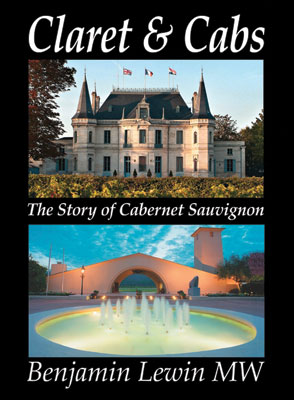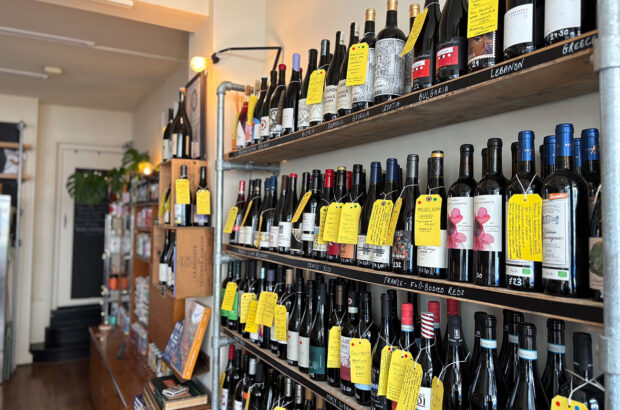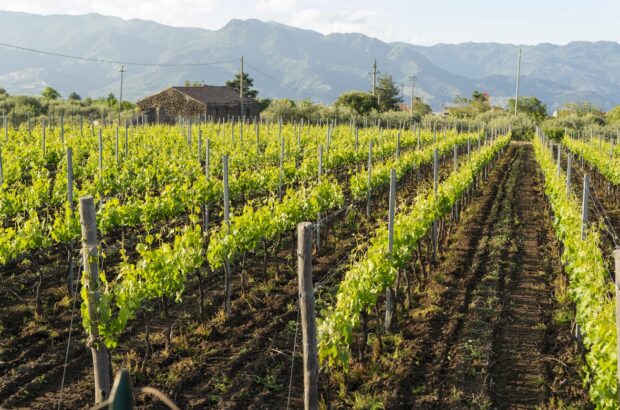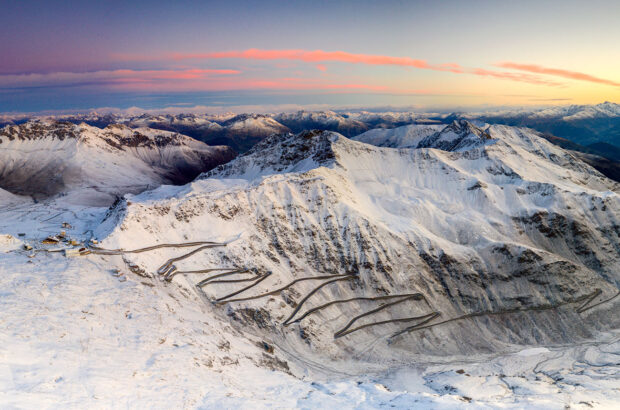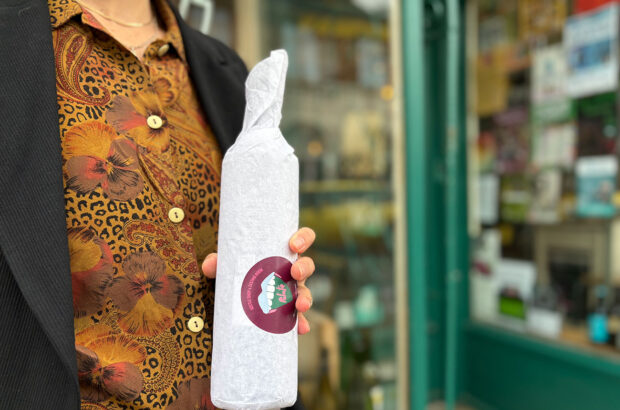Claret & Cabs: The Story of Cabernet Sauvignon, Benjamin Lewin MW
Price: Vendange Press, £45
No sooner had the ink dried on the proofs of Benjamin Lewinâs comprehensive study of Pinot Noir than he was embarking on this sequel. However, as Dr Lewin is well aware, Cabernet is a very different vat of grapes. While Pinot, except in Champagne, is always a monovarietal wine, Cabernet rarely is. Indeed, in its heartland, Bordeaux, it is invariably a blend. True, in the southern hemisphere and in California it is often made as a varietal wine, but there too blends have an equal importance.
This complicates his task enormously, as in Europe Cabernet cannot be easily isolated as an individual variety. Although there is much useful discussion of clones and typicity, Lewin cannot easily unlock Cabernet. Itâs a leading player on the wine stage, but rarely delivers monologues. Merlot, Cabernet Franc, or, in Argentina, Malbec, play strong supporting roles. He gets rather bogged down in Tuscany, where, except occasionally in the Maremma and in isolated spots in Chianti, Cabernet Sauvignon is rarely glimpsed on its own and has to be dug out of complex blends.
Lewin digs deepest where the wines are either pure Cabernet or strongly dominated by the variety, as in Napa Valley, Coonawarra and Margaret River. Here he succeeds in engaging with issues such as typicity and the varying contributions of clone, terroir and climate. As an example, there is a thoughtprovoking look at different concepts of âripenessâ in Bordeaux and, for instance, Napa. He excels when he looks in detail, in a chapter on cult and icon wines, at the Bordeaux first and other top growths. To his surprise, equivalent wines from Napa show more finesse and less extraction than expected.
Almost half of the book is taken up with tasting notes, but as Lewin was able to organise many vertical tastings of leading Cabernets, some of them are of considerable interest. They are for dipping into, for reference, rather than for reading.
As in his other books, Lewin does have a tendency to cram in everything he knows, but this enthusiasm for his task is infectious. Here too are the celebrated Lewin graphs and aerial photographs, sometimes illuminating, often perplexing, and occasionally demonstrating the very obvious. Other than the repeated misspelling of the name of Charles Chevallier of Lafite, this very long book is free of errors. Itâs admirably ambitious, if rather exhausting, and is fairly comprehensive, though the sections on South Africa and Bulgaria are a touch skimpy. The major chapters, on Bordeaux, Napa and Australia, explore the issues with real depth.
By the time this book went to press Dr Lewin was already at work on his next tome. And by the time this review is printed, I dare say the next jiffy-bagged volume will be winging towards me.
Reviewed by Stephen Brook

